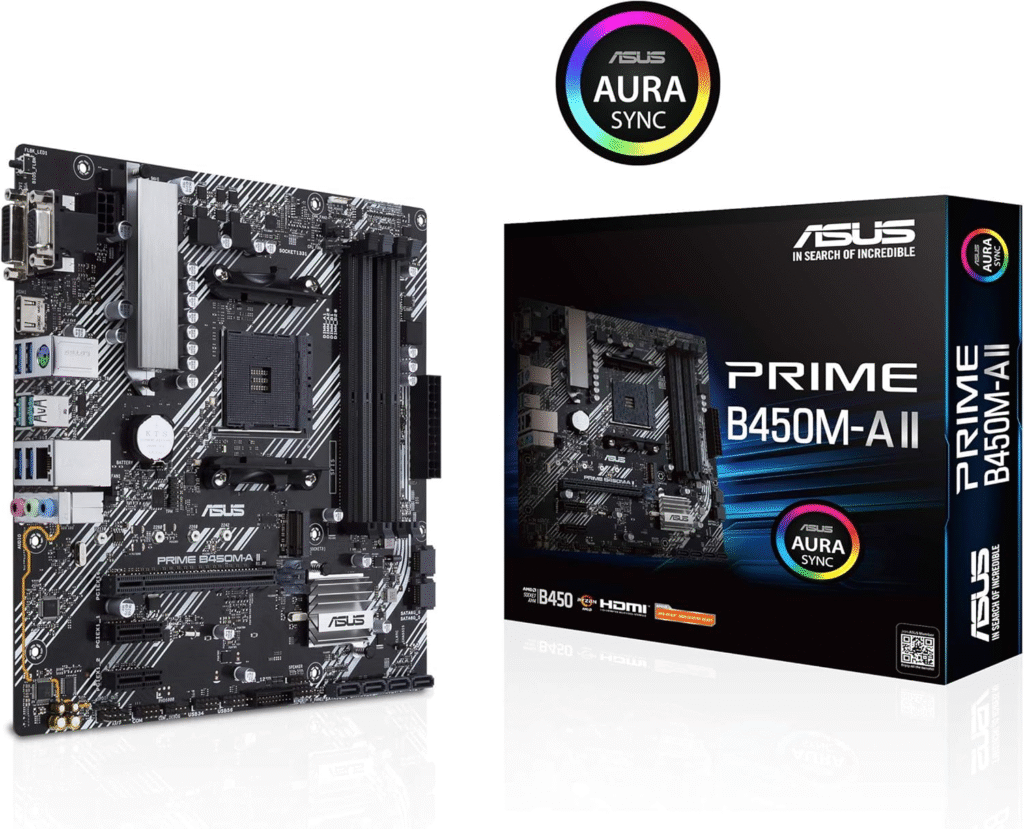Motherboards are the main circuit boards inside computers. They connect and allow communication between the CPU, RAM, storage devices, and other components. Furthermore, every part of your PC depends on the motherboard to work together smoothly.
Your ad will appear here once approved.
In this tutorial, we’ll explore the key parts of a motherboard, explain how they work, and, for example, share tips for identifying common issues. Because of this, you’ll feel more confident handling hardware upgrades or troubleshooting problems on your own.
Moreover, building your own PC doesn’t have to be hard. With the right knowledge, mastering your motherboard becomes the secret to a powerful, smooth-running machine. As a result, you’ll save money, customize your build, and feel proud of what you’ve created.
Key parts of a motherboard include:

- Motherboard Base
- Career Path Nodes
- Chipset Area (Entry-Level):
- Help Desk Technician
- Network Administrator
- QA Tester
- PCIe Lanes (Mid-Career):
- Cybersecurity Analyst
- Cloud Engineer
- DevOps Specialist
- CPU Socket (Expert):
- AI Architect
- Chief Technology Officer
- Hardware Research Scientist
- Chipset Area (Entry-Level):
- Interactive Elements
Understanding these helps you diagnose problems and upgrade your PC effectively.
CPU Socket
The CPU socket is the spot on the motherboard where you install your computer’s main processor. Different CPUs fit different sockets, so it’s important to check compatibility when upgrading.

RAM Slots
RAM slots hold your computer’s memory sticks. Most motherboards have two or four slots. Adding more RAM can help your computer run faster when using many programs.

PCIe Slots
These slots are used for expansion cards like graphics cards, Wi-Fi cards, or fast storage drives. They come in different sizes, depending on what device you want to connect.

Power Connectors
Motherboards have connectors where the power supply plugs in. These provide electricity to your CPU, fans, and other parts. Plugging these in correctly is crucial when building a PC.

Chipset
The chipset controls how your CPU talks to other parts of the computer. It affects things like how many USB ports you have or how fast your storage devices can run.

SATA Ports
SATA ports connect storage drives like hard disks or SSDs. They’re usually grouped along one side of the motherboard. Knowing where they are helps when installing new drives.

Understanding motherboard parts not only helps you diagnose problems, but it also empowers you to upgrade components and build custom PCs confidently. Moreover, knowing these details can save you time and money during repairs. In fact, many PC builders start with learning the motherboard before tackling other components. Therefore, if you want your system to run smoothly, keep exploring and updating your knowledge.
What’s Next?
So, what should you dive into next? Keep learning with more CompTIA A+ tutorials:
- Installing Hard Drives and SSDs
- RAM Types and Installation
- BIOS and UEFI Basics
- PC Power Supply Troubleshooting
Additionally, if you have questions about motherboards, leave a comment below — I’m here to help!
Looking for good PC parts? Check out this ASUS Prime B450M-A motherboard on Amazon. It’s worth considering because it offers great value for building a reliable PC.
Want more A+ tutorials? Subscribe to my newsletter for updates!
Furthermore, if you want even more PC hardware tips, check out my CompTIA A+ Tutorials page for step-by-step guides.
Remember, upgrading your PC can be exciting. However, the key is understanding the basics first so you avoid costly mistakes.
Lastly, for good PC parts, don’t forget to check out the ASUS Prime B450M-A motherboard on Amazon.